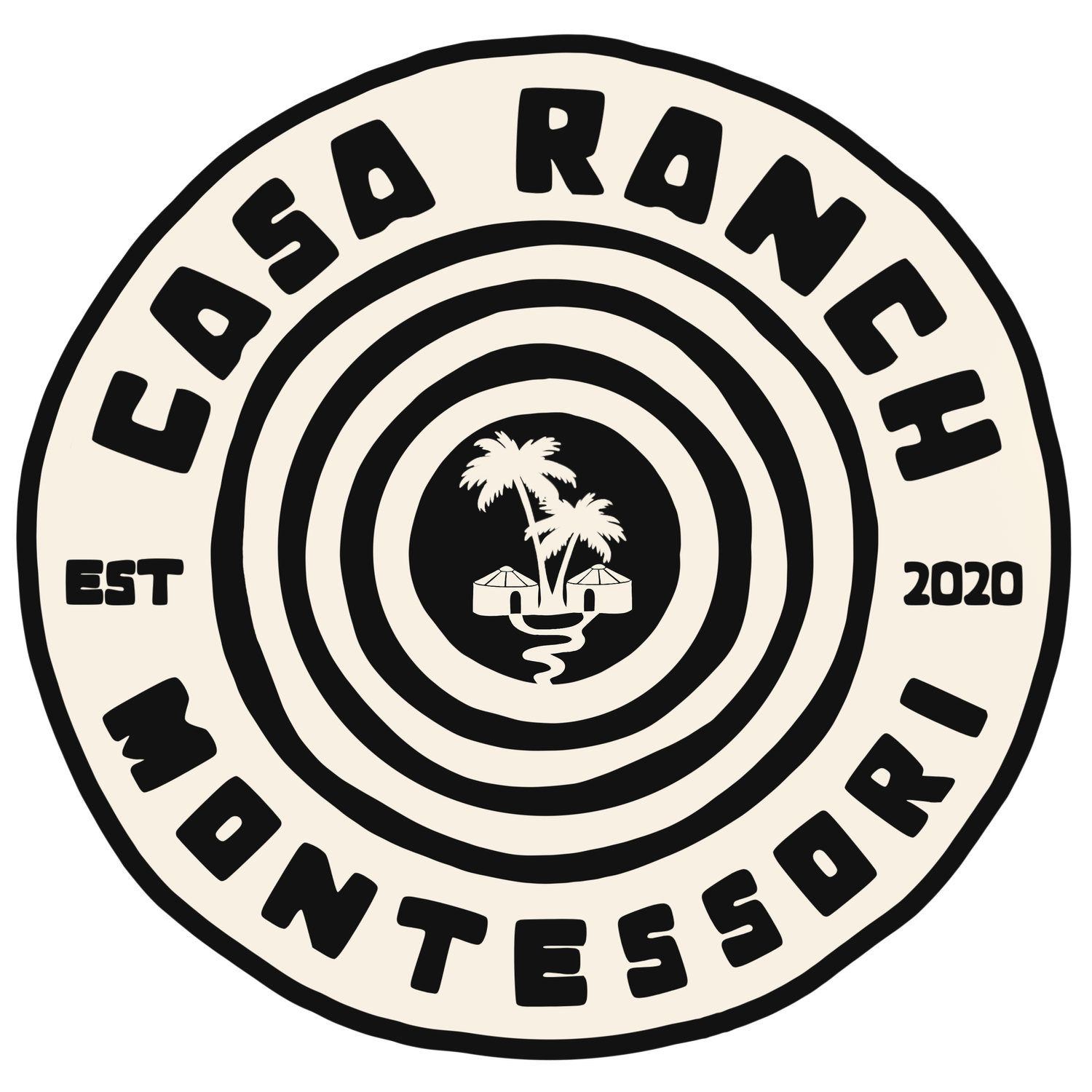Lower Elementary Curriculum
(The Reasoning Mind— Ages 6-9)
This is a period of strong intellectual curiosity. Children begin to think more abstractly, question the world, and develop a sense of morality. They enjoy working in groups and are capable of deep concentration and imagination.
+ Practical Life
Cleaning & Organizing
Animal Care
Cooking and food preparation
Sewing, Weaving, Embroidery
Woodwork
Gardening & Plant maintenance
Expressing feelings
+ Mathematics
Golden Beads
Stamp Game
Bead Frame
Bead Cabinet
Checkerboard
Test Tubes
Geometry Sticks
+ Language
Movable Alphabet
Grammar Symbols
Language Skyscrapers
Waseca Language Works
Farm Sentence Analysis
SRA Reading Lab
+ Geography & History
Impressionistic charts and timelines
Library resources and informational cards
Continent Boxes
Flags, Puzzle Maps, & Globes
Landforms & Biomes
Artefacts
+ Science
Impressionistic charts and timelines
Library resources and classification cards
Experiment bins
Project-based lessons
Artefacts
Technology
Microscopes






